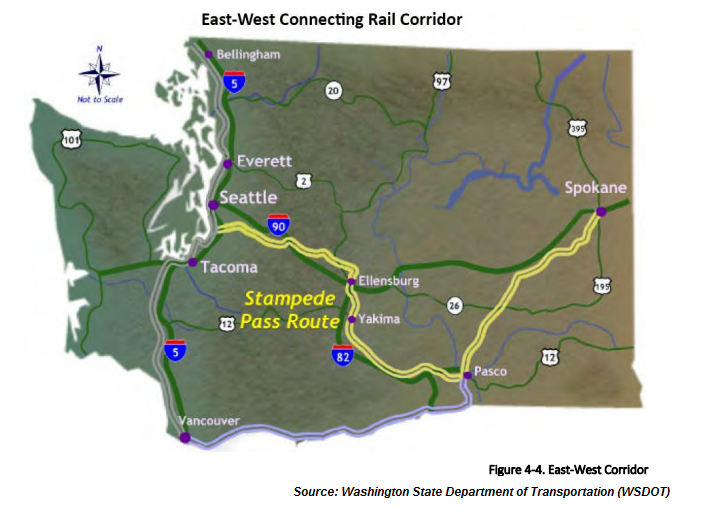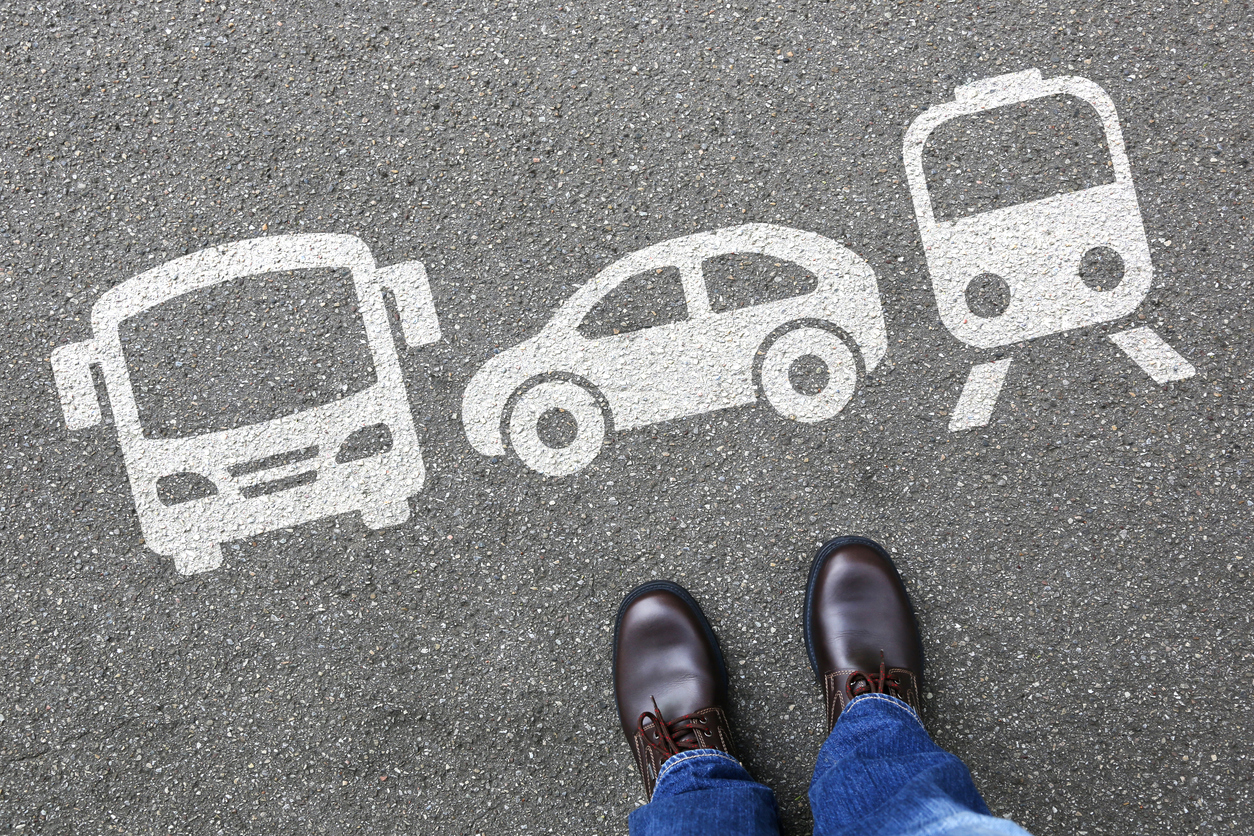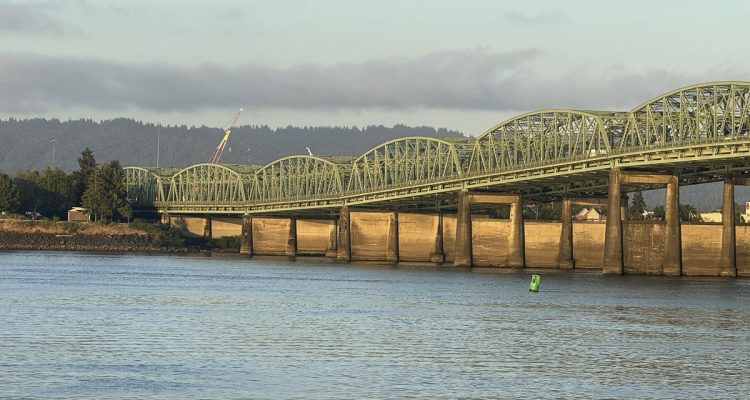The Washington State Department of Transportation recently completed a $300,000 feasibility study on high speed rail – including a 310-mile line between the Puget Sound and Spokane. The Spokesman Review wrote an article about the study, noting that naysayers should consider examples of trains in China, Japan and France.
However, unlike the 200-mph bullet trains in Japan or the 270-mph Shanghai Maglev Train in China, a train between Tukwila and Spokane “would travel less than 90-mph and would share right of way and tracks with freight trains.” At best, it would take three and a half hours to get from Tukwila to Spokane. So, the author concludes, “the technology and route are there, but the viability is iffy,” and the cost of capital and maintenance is extremely high.
The corridor is estimated to require $24 to $42 billion dollars on construction alone, depending on which system is used (high speed rail or magnetic levitation) and how many stations would be placed along the route. The cost of the East-West Corridor is not estimated, but according to the study, it would require additional initial subsidies to be viable.
This does not take into account potential cost overruns, which are more common (but obviously negative) with rail. There was a report just recently in California that “the cost of building 119 miles of bullet train track in the Central Valley has jumped to $10.6 billion, an increase of $2.8 billion from the current budget and up from about $6 billion originally.” This represents a 77% cost overrun. We’ve seen large cost overruns in Washington state with Sound Transit light rail projects as well.
The study also assumes that while train fares will be less than operating costs in 2035, they may surpass operating costs by 2055. This assumption does not take into account the current development and expansion of autonomous, shared, connected and electric vehicles, as well as other innovative ideas that are already changing the transportation landscape.
I asked Cato Institute’s transportation expert, Randal O’Toole, for his take:
First of all, the kind of train service WSDOT is talking about has as much in common with the high-speed French and Japanese trains mentioned in the story as a Model A Ford does with a Maserati. The only way to run a 200-mph train from Seattle to Spokane would be to dig an 80-mile-long tunnel.
Second, 90-mph through the Cascade Mountains? Not likely. Even after spending a few billion restoring track that hasn’t seen a passenger train in decades, they couldn’t get trains west of Ellensburg to go faster than 60-mph and probably not that. The average speed of Seattle-Spokane passenger trains in the past was less than 50-mph, and given the grades and curvature, there are few opportunities to speed them up. East of Ellensburg they could go 90-mph, but overall, it still wouldn’t be competitive with driving.
Alaska and Delta airlines offer more than 20 flights a day. Want to make them more convenient? Open Boeing Field to local commercial flights - say to Portland, Spokane, and Vancouver - which would cost a lot less than running a train. Alternatively, Greyhound has buses that are two and a half hours faster than the fastest trains that have ever served that corridor, and one-way bus fares are about $20 less than Amtrak.
What is going on here is that the 2009 economic recovery act provided billions of dollars for “shovel-ready” projects regardless of their value. Shovel-ready meant having an environmental impact statement (EIS). So now WSDOT and many other state transportation agencies are writing EISs for projects that they can put on the shelf until Democrats take over Congress and start spending hundreds of billions on “infrastructure.”
Governor Inslee would like to continue studying high speed rail and has requested $3.6 million in his supplemental budget to do so.






